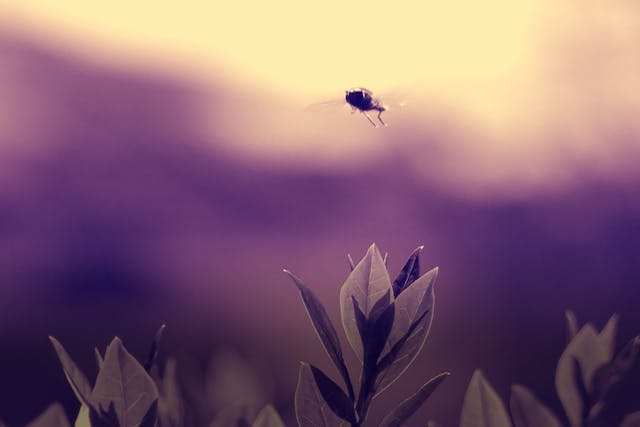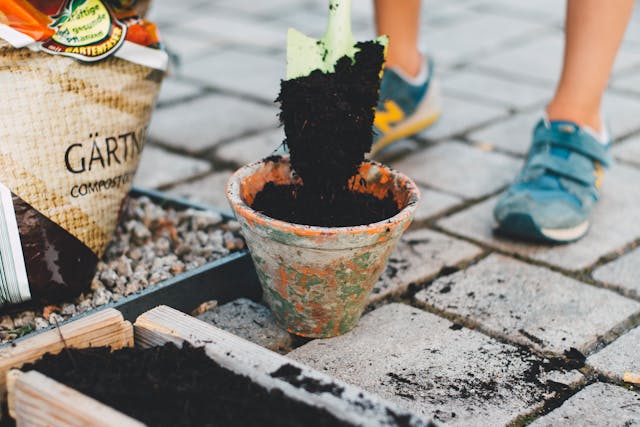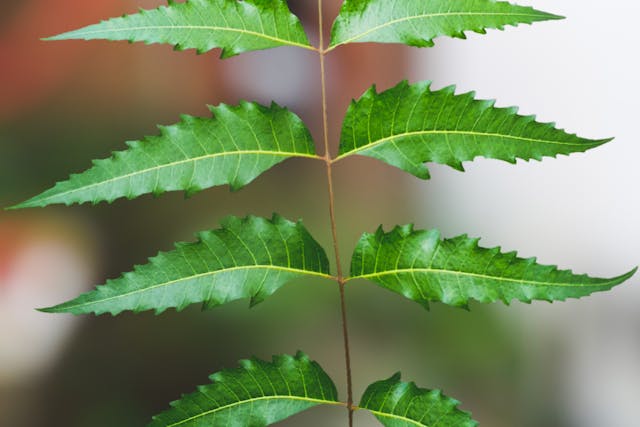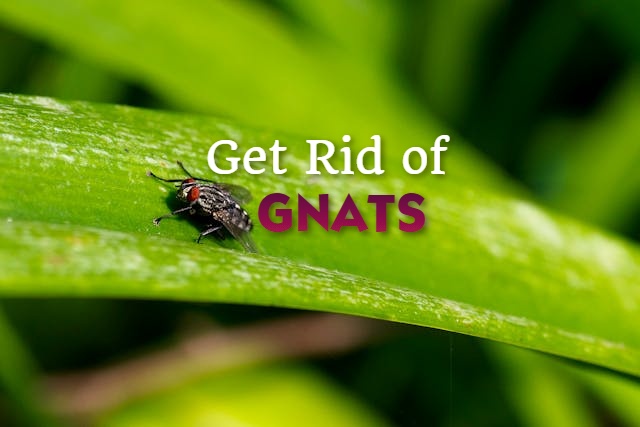Indoor plants bring life and beauty to any space, but when gnats start hovering around your precious greenery, they quickly turn into a nuisance. If you’re dealing with these tiny, flying pests, don’t worry—you’re not alone. In this guide, we’ll explore how to get rid of gnats in indoor plants effectively using natural remedies, preventative measures, and expert tips.
Related Article: Indoor Plants with Minimal Care
Table of Contents
- Understanding Gnats: What Are They?
- Why Do Gnats Infest Indoor Plants?
- Signs of a Gnat Infestation in Houseplants
- How to Identify Fungus Gnats vs. Other Flying Pests
- How to Get Rid of Gnats in Indoor Plants Naturally
- DIY Gnat Traps That Actually Work
- The Role of Soil in Gnat Infestations
- Neem Oil: A Powerful Gnat Repellent
- How to Use Hydrogen Peroxide to Kill Gnats
- The Best Natural Predators for Gnat Control
- Essential Oils to Keep Gnats Away
- Adjusting Watering Habits to Prevent Gnats
- Using Sand or Gravel to Stop Gnats from Laying Eggs
- Chemical Solutions: When Natural Remedies Aren’t Enough
- Long-Term Prevention Strategies for Gnat-Free Plants

Understanding Gnats: What Are They?
Gnats are tiny flying insects commonly found around houseplants, especially in warm, humid environments. The most common type of gnat that infests indoor plants is the fungus gnat. These pests thrive in moist soil and can quickly multiply, making them difficult to eliminate if not addressed immediately.
Fungus gnats are often confused with fruit flies, but unlike fruit flies, they target the soil rather than decaying food. Their larvae feed on organic matter in the soil and, in severe cases, on plant roots, leading to weakened plants.
Why Do Gnats Infest Indoor Plants?
Gnats are drawn to indoor plants for three primary reasons: moisture, organic matter, and warmth. Overwatering your plants creates the perfect breeding ground for these pests, as fungus gnat larvae thrive in damp soil.
Additionally, decomposing plant material provides an ideal food source for them. If you notice an increase in gnats around your plants, it’s likely because the conditions are just right for their survival.
Signs of a Gnat Infestation in Houseplants
How do you know if your houseplants are infested with gnats? Here are the telltale signs:
- Tiny black flies hovering around your plants—especially when you water them.
- Wilting or yellowing leaves, which may indicate larvae feeding on roots.
- Sticky residue on plant leaves, a sign of fungal activity that gnats feed on.
- Visible larvae in the soil, which appear as tiny, thread-like worms.
Spotting these symptoms early is crucial to preventing a full-blown infestation.
How to Identify Fungus Gnats vs. Other Flying Pests
Not all tiny flies buzzing around your home are fungus gnats. Here’s how to differentiate them from other pests:
Fungus Gnats:
Black or dark gray, delicate wings, sluggish flyers, attracted to moist soil.
Fruit Flies:
Brown or tan, rounded body, fast-moving, found near fruit or garbage.
Drain Flies:
Fuzzy, moth-like, slow-moving, found near drains and damp areas.
Identifying the correct pest ensures you use the right control method.
How to Get Rid of Gnats in Indoor Plants Naturally
There are several effective natural remedies to eliminate gnats from houseplants:
- Let the Soil Dry Out –
Since gnats lay eggs in moist soil, allowing the top layer to dry will interrupt their life cycle.
- Bottom Watering –
Watering plants from the bottom rather than the top keeps the surface soil drier.
- Diatomaceous Earth
Sprinkle this powder on the soil to kill larvae upon contact.
Natural solutions are safer for plants and pets while being environmentally friendly.
DIY Gnat Traps That Actually Work
Homemade gnat traps are a simple and effective way to catch adult gnats:
- Apple Cider Vinegar Trap: Fill a jar with vinegar, add a few drops of dish soap, and cover with plastic wrap. Poke holes in the wrap to lure gnats in.
- Sticky Traps: Yellow sticky traps placed near plants will capture flying adults.
These traps help reduce the adult population, preventing further reproduction.
The Role of Soil in Gnat Infestations
The type of soil you use can contribute to gnat problems. Organic-rich soils hold moisture, creating a breeding ground for gnats. Using well-draining soil and adding perlite or sand can help reduce moisture retention.
Repotting plants with fresh, sterile soil may be necessary if the infestation is severe.


Neem Oil: A Powerful Gnat Repellent
Neem oil is a natural pesticide that disrupts the life cycle of gnats. To use neem oil:
- Mix neem oil with water and a few drops of dish soap.
- Spray directly on the soil and leaves to deter gnats and prevent larvae from hatching.
Neem oil is safe for most houseplants and provides long-term pest control.
Long-Term Prevention Strategies for Gnat-Free Plants
Once you’ve eliminated gnats, follow these steps to keep them from returning:
- Water plants only when needed to avoid excess moisture.
- Use mosquito bits (containing BTI bacteria) to kill larvae.
- Inspect new plants before bringing them indoors to avoid introducing pests.
Consistency is key to maintaining a pest-free indoor garden.
Final Thoughts
Getting rid of gnats in indoor plants requires a combination of natural remedies, proper watering habits, and preventative measures. By following the tips outlined in this guide, you can enjoy your houseplants without the annoyance of these tiny pests.

